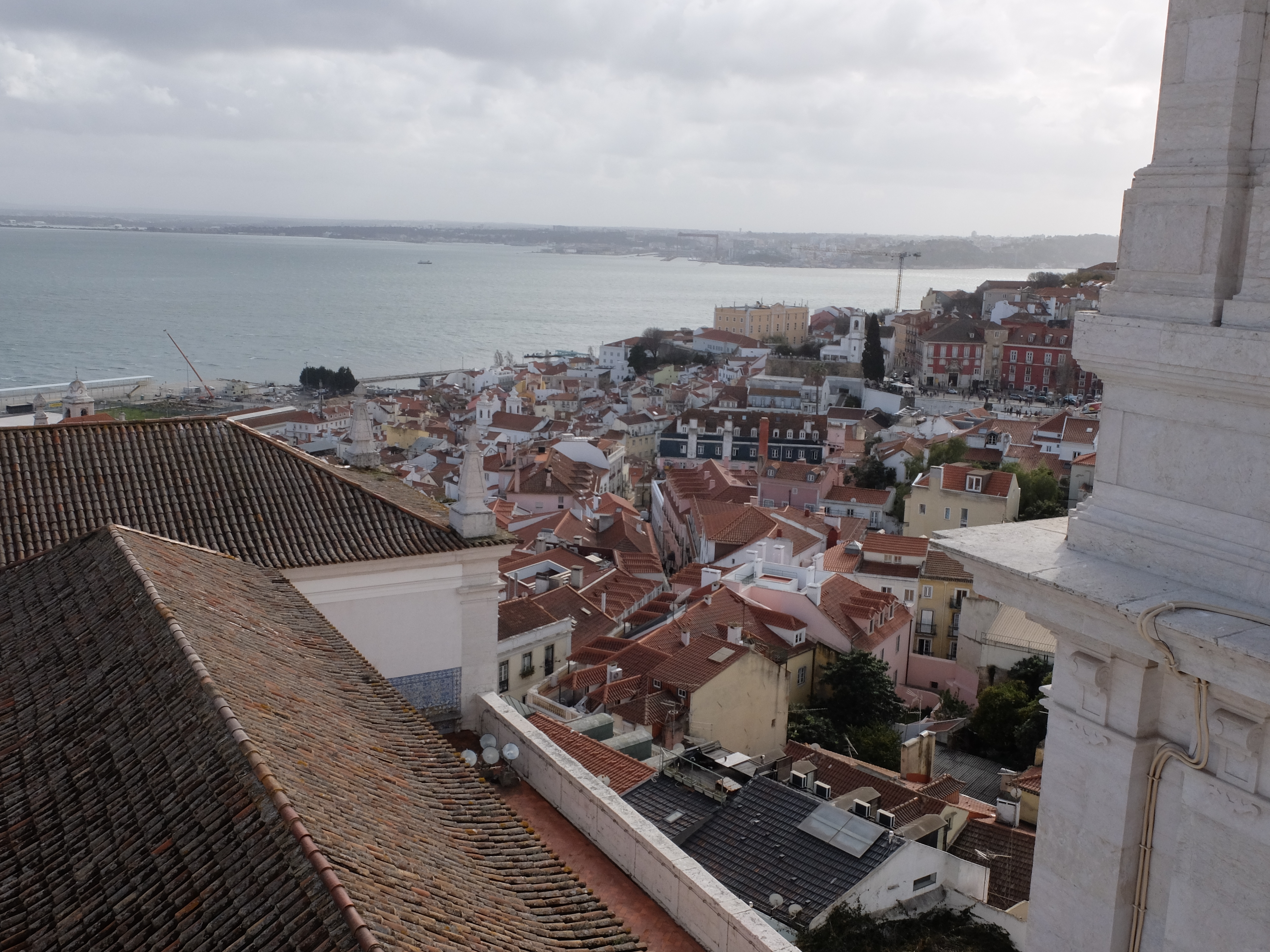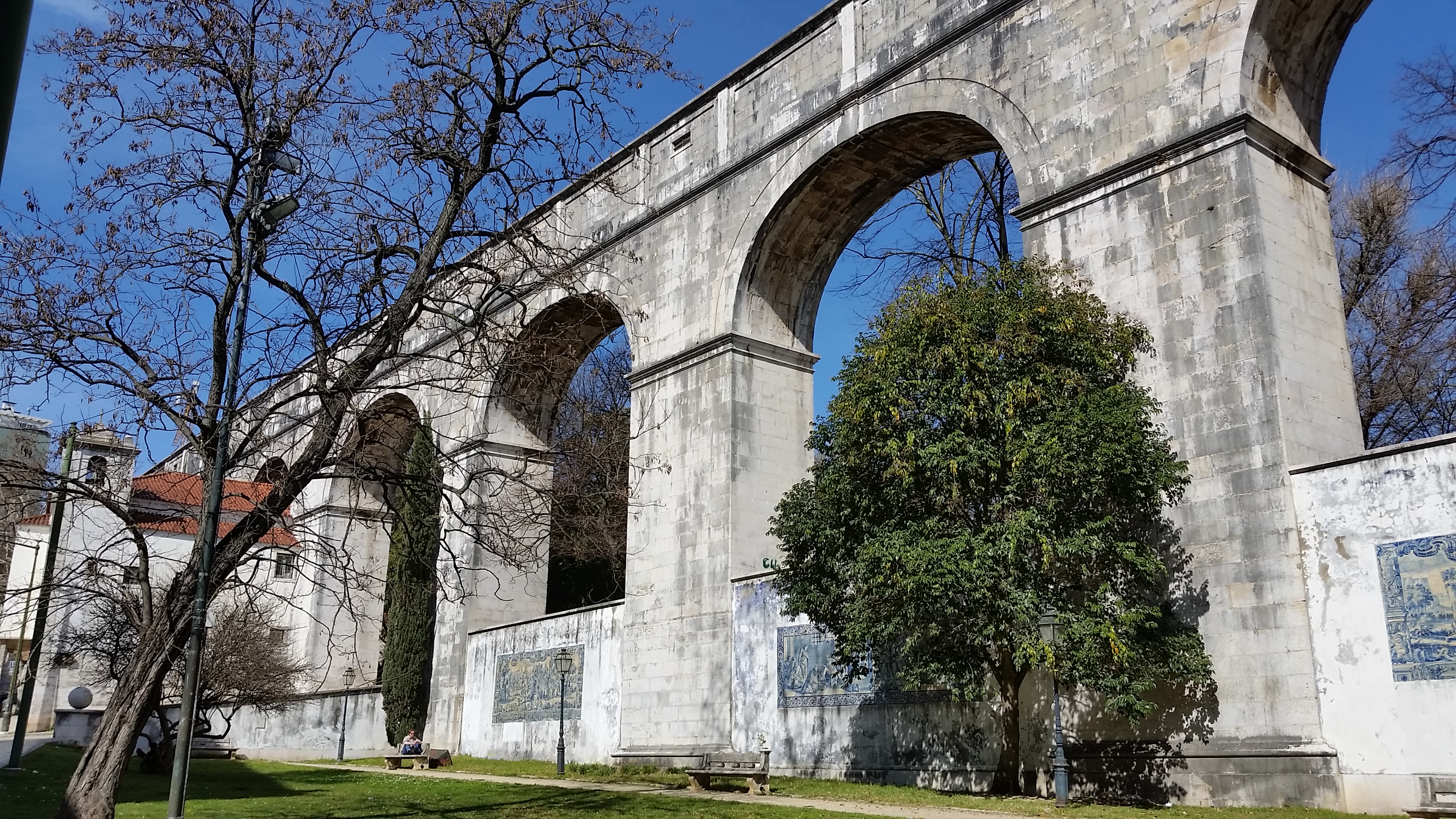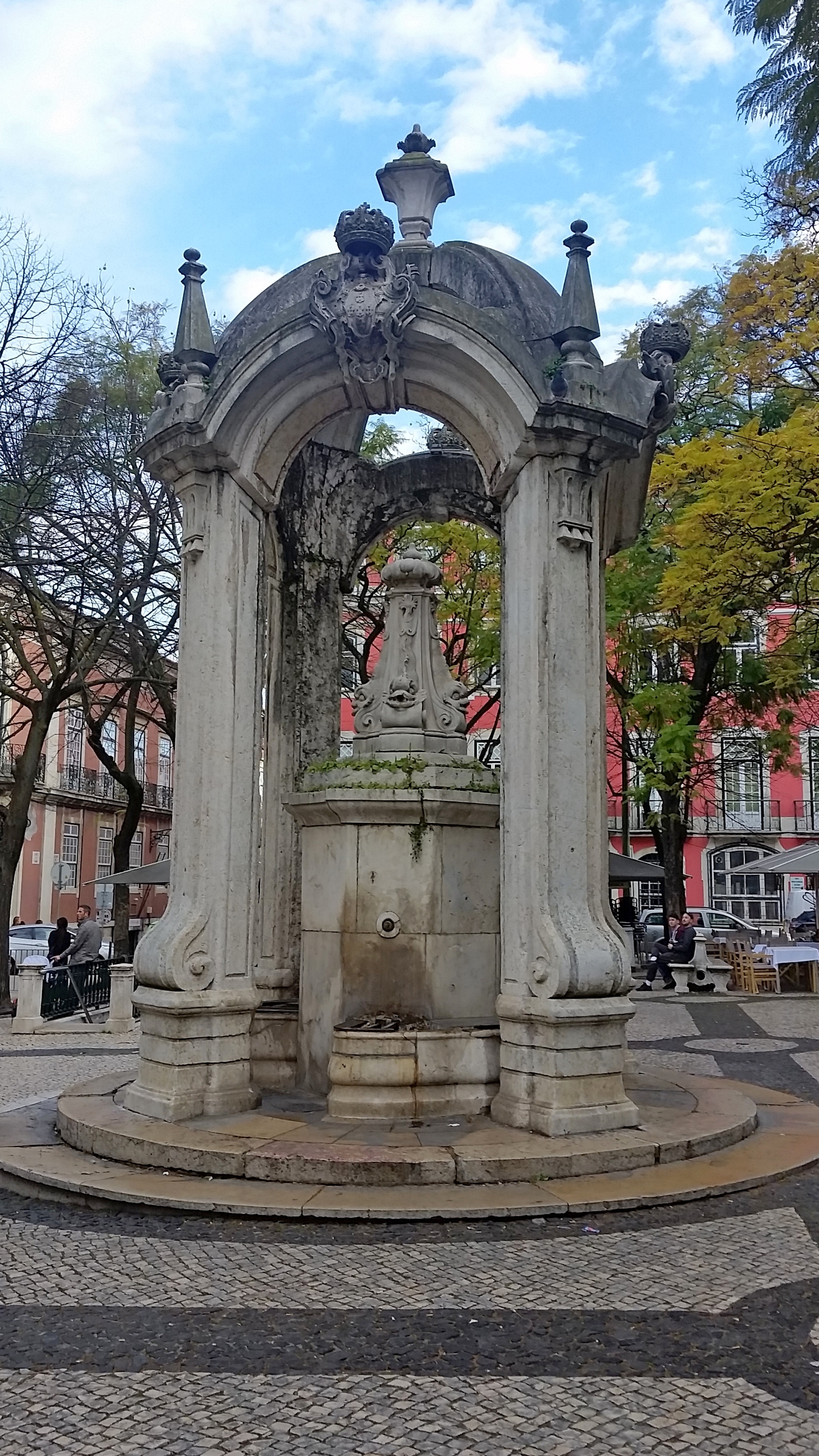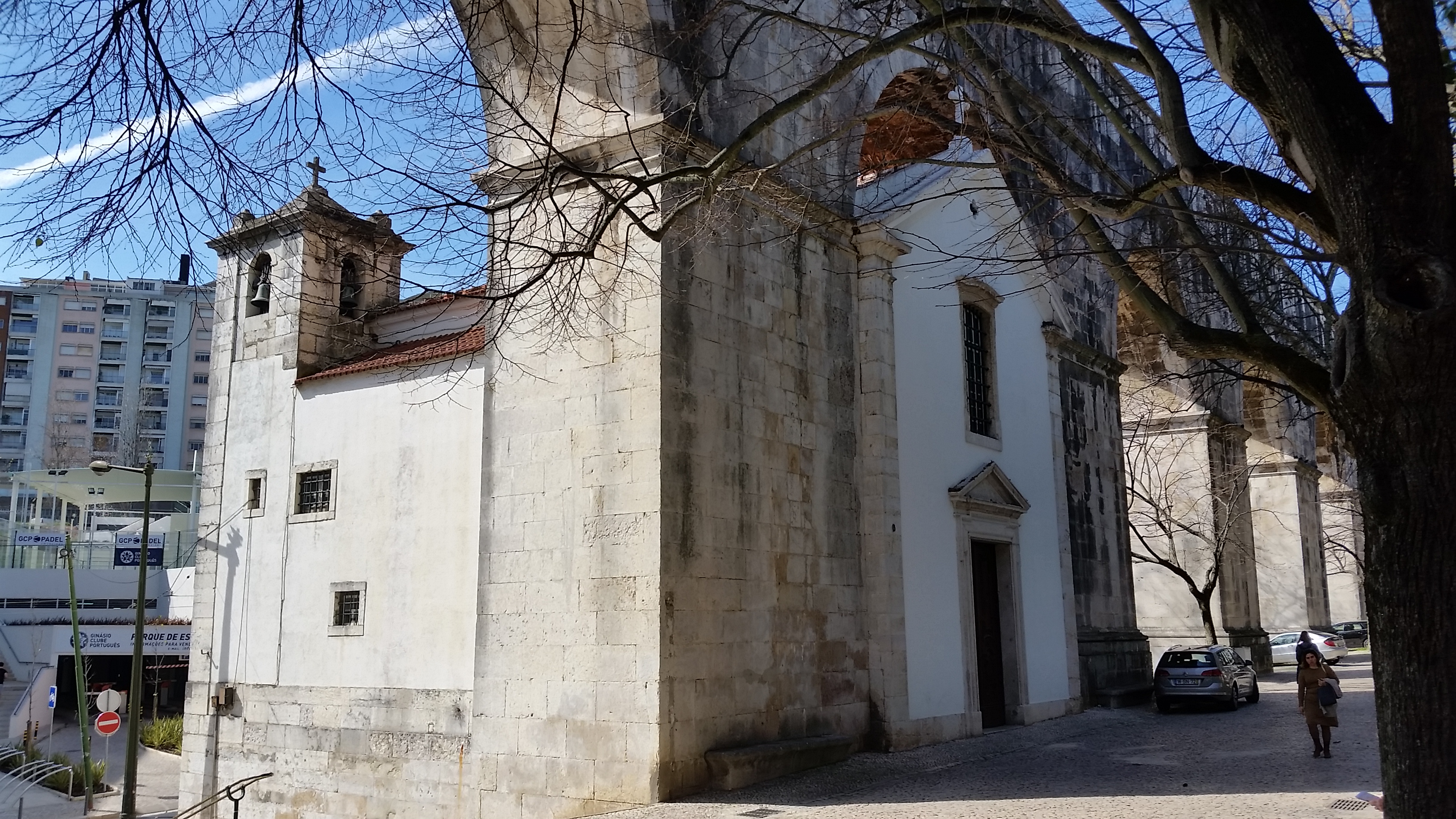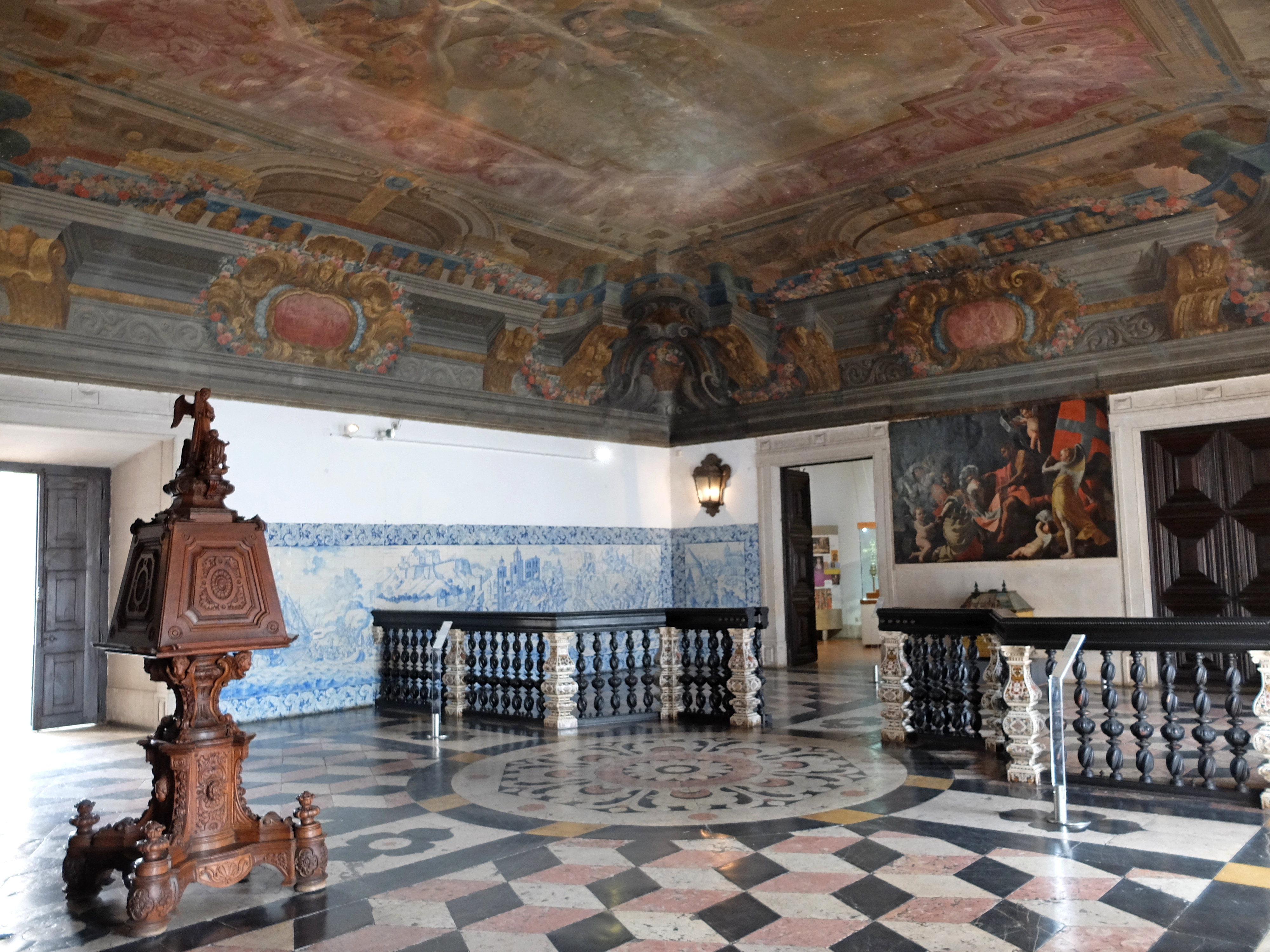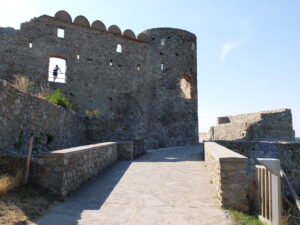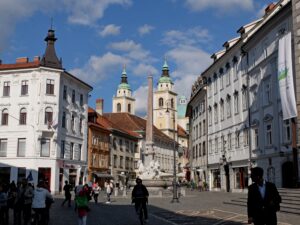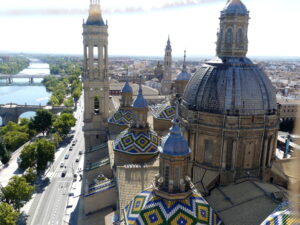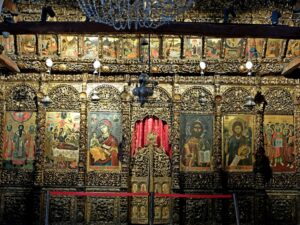We had seen quite a lot of Lisbon and its surrounding towns when we first visited in the fall of 2017. This time we kept quite busy with other matters and enjoyed the pleasure of just living in the town, despite the wet chilly weather of the 2018 spring. We did at least take the time to see two special places in town we had missed. Both are obvious landmarks here, though only one gains much tourist attention.
The Aqueduct:
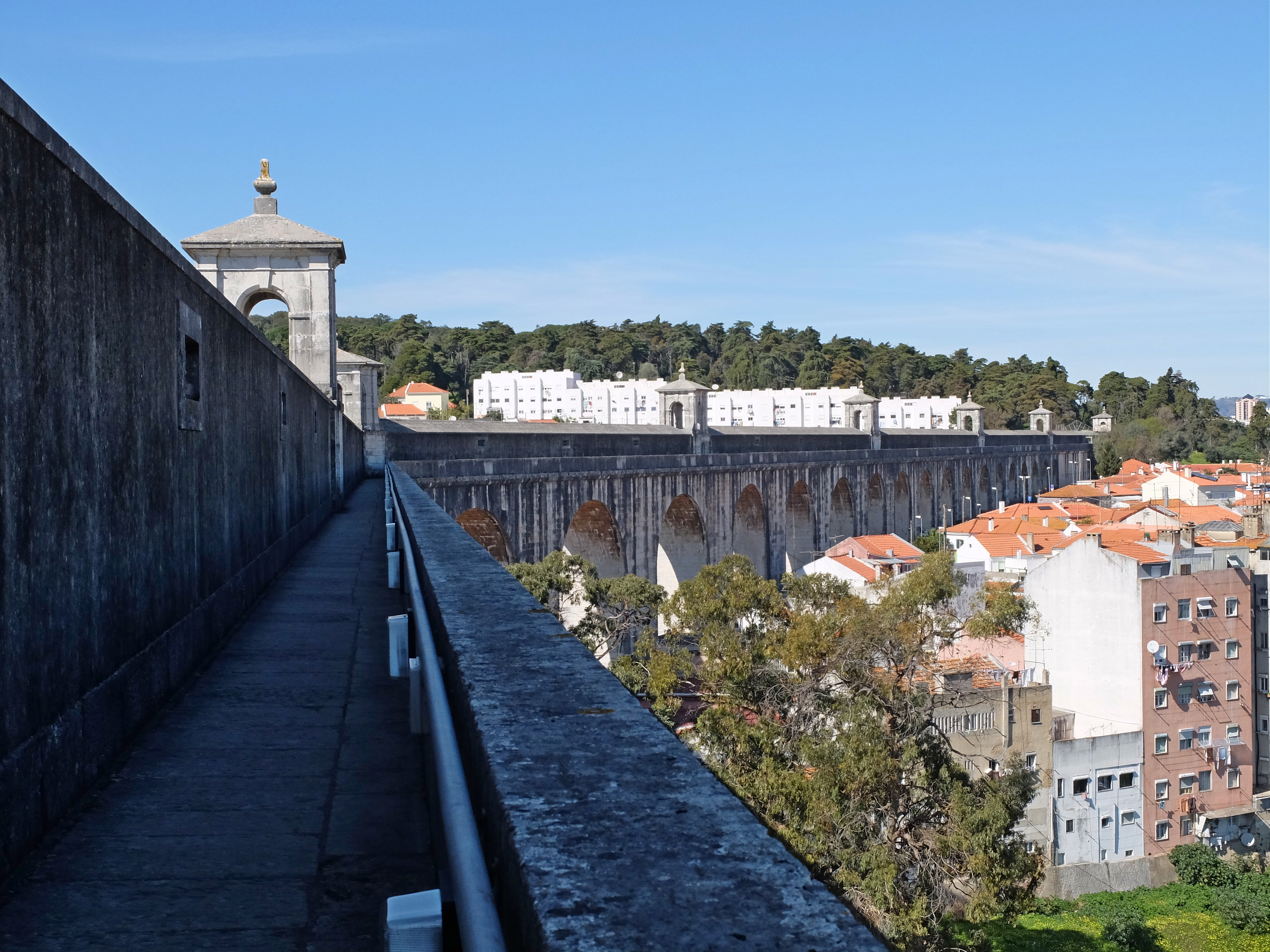
In 1731, Portugal’s king began a water delivery project for a needy growing Lisbon. It was called Aguas Livres (“free waters”), though funded with taxes on olive oil, wine and meat. And it was an engineering marvel in its time, recalling the Roman skill in moving water.
In less than 20 years, the system started delivering fresh water even though it required a massive arched structure across the Alcantara valley – 35 Gothic arches spanning nearly a kilometer and rising some 65 meters (215 feet) above a six-lane highway. That’s how most people see it, by zooming through its impressive archways. The system even survived the 1755 earthquake, which devastated most of the city’s other structures.
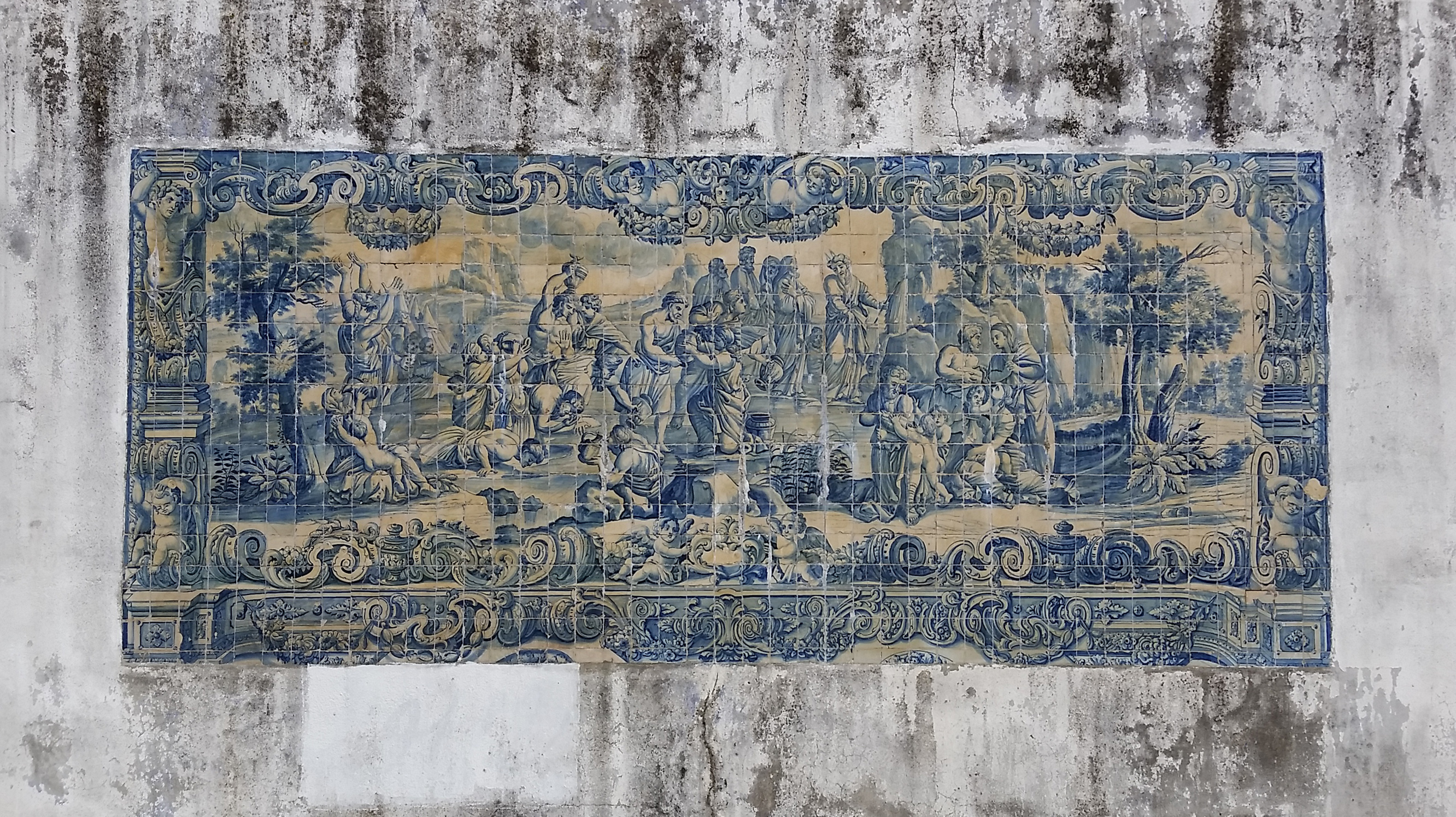
By a century later, water flowed 58 kilometers (around 35 miles) through canals, pipes, reservoirs and, at the end points, fountains. Those fountains created a new profession, the water carriers, who delivered the water in large pots around the city.
Only the Alcantara span and a few other sections above ground, notably near the Mae Aqua, Mother of Waters, reservoir still stand. A few elaborate celebrations of water depicted with tiles also remain on the aqueduct’s columns at Mae Agua.
A small baroque church, Our Lady of Monserrate chapel, is tucked under its arches. Our Lady is the patron saint of French silk makers whose factory was nearby.
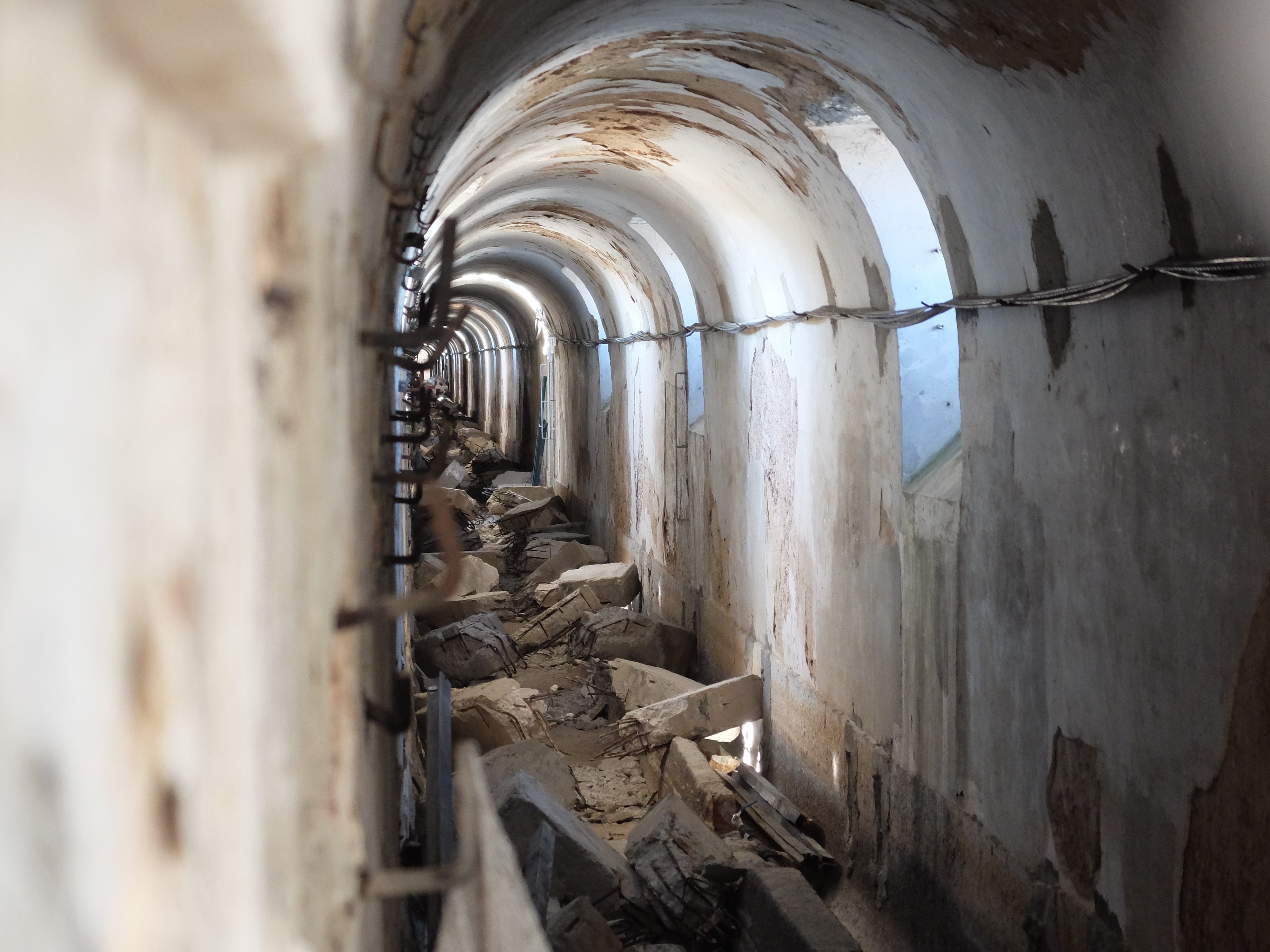
Also, most of the water-carrying channels are full of debris, though some tunnels below ground are open to visitor touring As well as those water-giving fountains.
Sao Vicente de Fora:
Among the many baroque churches and monasteries in Lisbon, this church and cloister stand out artistically, high above the old district of Alfama – in the heart of the town.
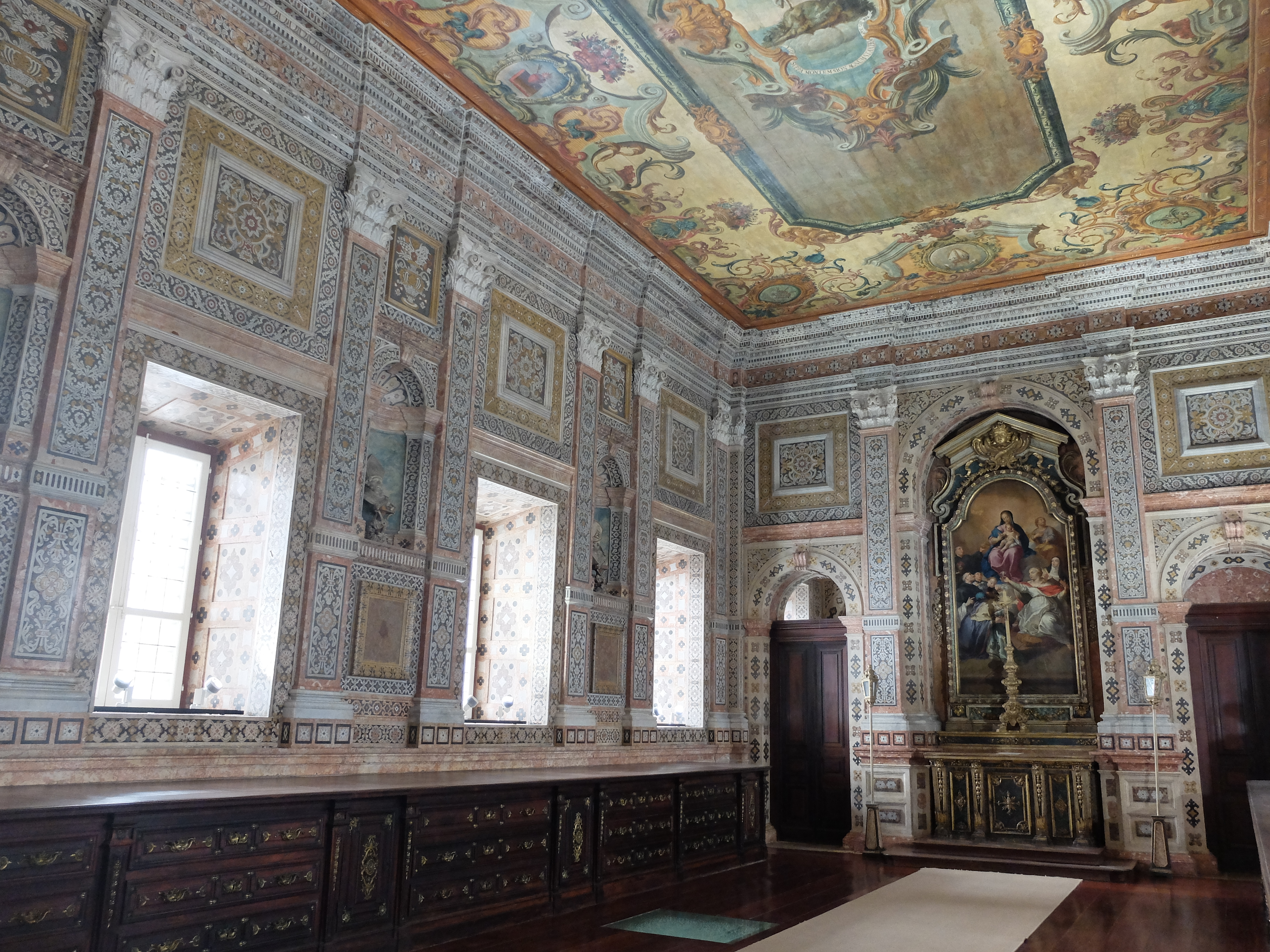
When at last we visited it, we were dwarfed by its restrained, but impressive, church interior. But the most remarkable sights were several glorious rooms featuring marble inlay, especially the sacristy – and, everywhere inside the monastery, the striking use of “Azulejos.” With origins in Moorish usage, “azulejos” describes the decorative and story-telling tile art that is ever-present in Portuguese cities.
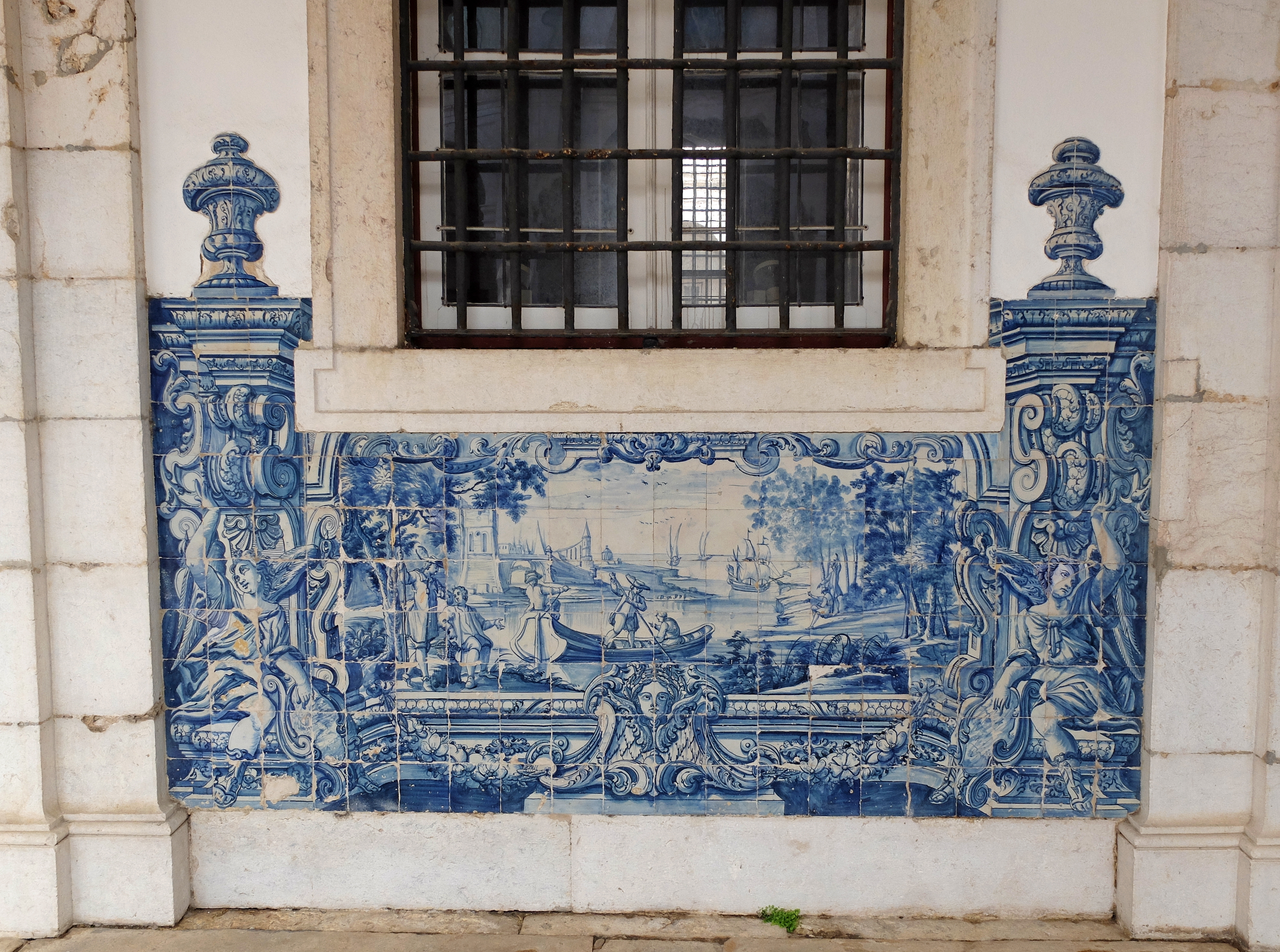
In this complex, the tiles show charming country scenes often set around riverways, tell tales of war and victory, and most notably recount 38 moral fables by La Fontaine, lessons for meditation by the monks and the church’s royal patrons.
One of our favorites, Le Mort et le Malheureux (Death and the Malcontent) tells the story of a man who does not go with the flow. He complains endlessly about his life and wishes for death to relieve him of his troubles; yet, when death comes, he changes his mind.
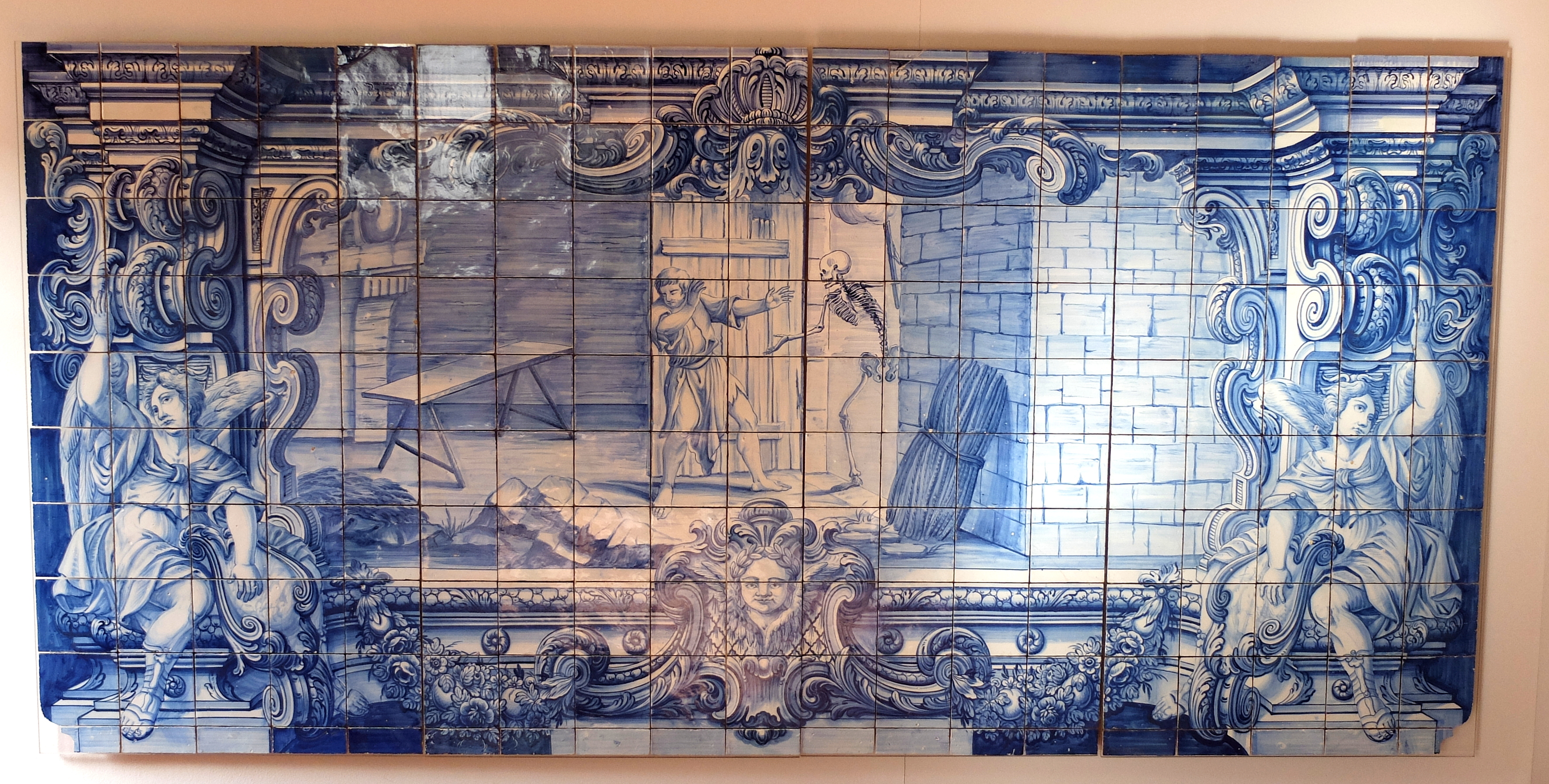
(Click on any picture to expand it. Also, for more pictures from Portugal, CLICK HERE to view the slideshow at the end of the itinerary page.)


